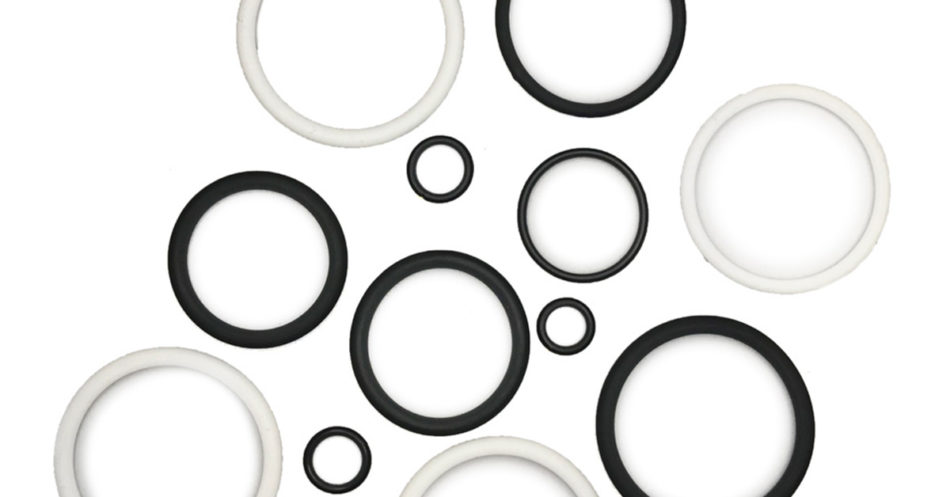The seals can be made perfectly leak proof for cases of static pistons and cylinders for fluid pressures up to 5,000 psi (limit of test pressure). The press may be constant or variable.
The seals can be made to seal satisfactorily between reciprocating pistons and cylinders at any fluid pressure up to 5,000psi. There may be slight running leakage (a few drops per hundred strokes) depending on the film forming ability of the hydraulic medium. O-Rings can be used between rotating members with similar results but in all cases the surface rubbing speed must be kept low.
A single O-Ring will seal with pressure applied alternately on one side and then on the other wise. However, in cases of severe loading or usage under necessarily unfavourable conditions, deal like can be extended by designing the mechanism, so that each seal is subjected to pressure in one direction only. Seals may be attained in series as a safety measure, but the first seal exposed to pressure will take full load.
O-Ring seals mist be radially compressed between the bottom of the seal groove and the cylinder wall for proper sealing action. This compression may cause the seal to roll slightly in its groove under certain conditions of piston motion, but the rolling acton is not necessary for normal operation of the seals.
In either static or moving applications, when the O-Ring seal is under high pressure the primary cause of seal failure is extrusion of the seal material into the piston-cylinder clearance. The major factors affecting extrusion are fluid pressure, seal hardness and strength, and piston-cylinder clearance.
The seals can be made to seal satisfactorily between reciprocating pistons and cylinders at any fluid pressure up to 5,000psi. There may be slight running leakage (a few drops per hundred strokes) depending on the film forming ability of the hydraulic medium. O-Rings can be used between rotating members with similar results but in all cases the surface rubbing speed must be kept low.


